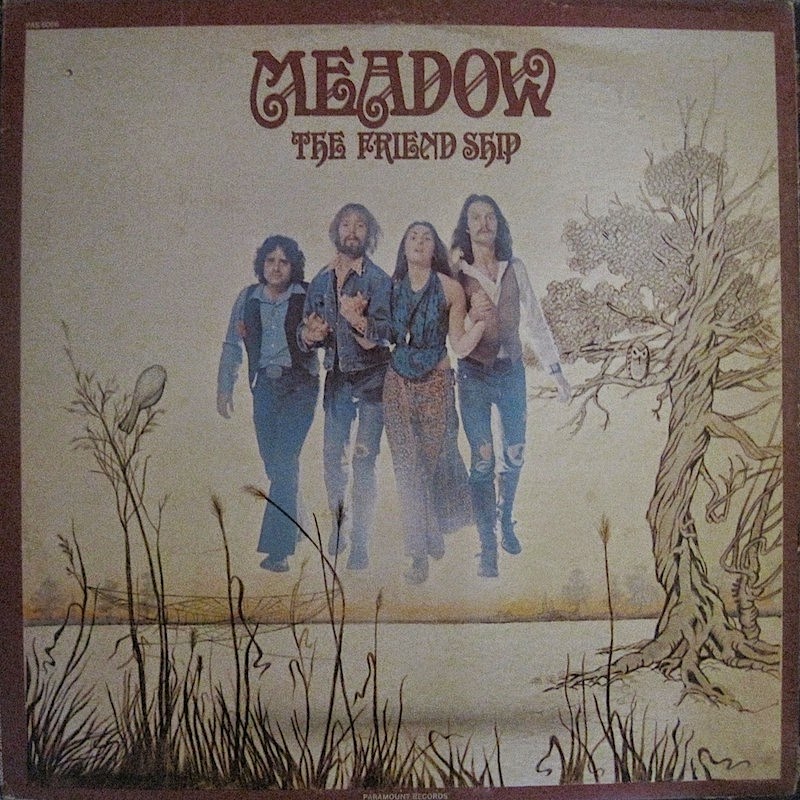Every now and then, I would run into a someone over 60 who would grumble about why there's no oldies on the radio.
Actually, there are LOTS of oldies on the radio. But just not OLDIES. Today, the industry lingo for them is "Classic Hits". The change in term dates back to the late 1980s, when Baby Boomers of the late 1960s and early '70s felt uncomfortable with that term "Oldies" applied to their music.
They're pining for the sock-hopping tunes of the 1950s and early '60s. Elvis, Buddy Holly, The Coasters, The Robins, The Orioles, Gene Vincent, et al. And even the fans of late '60s and early '70s pop are finding fewer and fewer choices on the radio. Hardly anyone plays The Beatles or The Monkees anymore either. And they were once mega-superstars.
The sad answer is they have simply been aged out of the demographic spectrum of radio.
They're becoming a victim of what their parents went through a few decades earlier, when the Big Bands of Tommy Dorsey, Glenn Miller and Duke Ellington began vanishing en masse from the AM radio airwaves in favour of News/Talk and Sports formats.
 |
| Your warning sign. Photo: http://www.gaasch.net |
You can blame President Obama as much as you want. But radio began to be deregulated and more tightly corporately controlled under Reagan and President Clinton threw gasoline on it by signing the Telecommunications Act of 1996 into law, which allowed one corporation to own up to eight radio stations in one market. The bottom line is when people talk about the glories of unfettered capitalism, take it with a grain or two of salt. There are ALWAYS casualties. BAD ones.
It's pointless to complain to your local oldies station (not like they actually care about you anyway.) Most are corporately owned and they get their marching orders from wherever the corporate headquarters may be. They have to make a gross (and I do mean gross) profit to their CEOs and board of directors, as well as the shareholders in the corporation. Otherwise, they change their format completely. That's just how it is in commercial radio these days.
The oldies format began in earnest back in the early 1970s. Oldies radio tends to focus on songs that are 15-20 years old. You can map it out simply like this; in 1972, a 15 year old song was new in 1957.
As the 1980s came, the '60s became all the rage with the economically powerful Baby Boomers, in the 1990s, the '70s experienced a revival and in the 2000's, the '80s were cool again.
 |
| Remember this show? |
Frightening, isn't it?
And it's only going to get worse, kids. One of these days (and following this formula, it's sooner than you think), Nickelback and Justin Bieber are going to get ad nauseum airplay on the local "Classic Hits" station. And you too will get old. By this time, the '90s will be the soundtrack of retirement homes.
So to all my Boomer friends, take it from someone who's been in the radio biz and has seen it all come apart. Outside of some of your VERY few locally owned, operated and programmed radio stations remaining (many of which stream online) finding those awesome '50s and '60s songs are getting harder and harder to find. But that's where good radio has gone - online.
Granted, they're not much more than MP3 jukeboxes with none of the personality and features you remember. But at least some of them have the music. And online, it's an infinite dial and you're closer to finding what you're looking for there than you ever will in most areas locally. But bear in mind most of the online operators are hobbyists who run the stations at a personal level, to offer something you can't hear at all anymore on the terrestrial dial. But it still costs them money. When you find an online-only station you like, please donate what you can to help keep them going. Your record collection is nice, but what REALLY matters is $$$. As computer servers as well as uploading 24/7 is not cheap. Not to mention royalties (they're not immune to this either.)
It's a strange new world we're in these days. But it's one we only have ourselves to blame for not paying attention to radio like we should have. It's like the old saying "Use it or lose it". We've taken radio for granted.
And this is the end result.






























